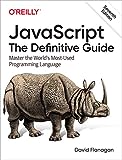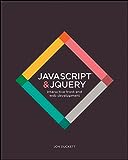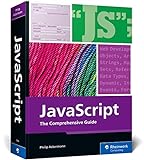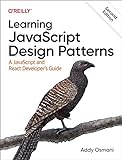In GraphQL, parameters can be passed to a function by defining them in the query fields within curly braces after the field name. For example, if we have a query for retrieving information about a user, we can pass parameters such as the user's ID or username by specifying them within parentheses after the field name. These parameters can then be accessed within the resolver function of the corresponding field to fetch the relevant data. This allows for more dynamic and customizable queries in GraphQL compared to traditional REST APIs.
What role does the schema play in defining parameters in GraphQL?
In GraphQL, a schema is used to define the types and operations that clients can access. The schema defines the parameters that can be used in queries and mutations, as well as the structure of the data that can be returned.
For example, the schema will define the types of data that can be queried, such as User or Post, and the fields that can be included in the query, such as id, name, or createdAt. The schema will also define the relationships between types, such as specifying that a User can have multiple Posts.
By defining the parameters in the schema, GraphQL enables clients to request exactly the data they need, without needing to make multiple requests or retrieve unnecessary information. This allows clients to be more efficient in their data fetching and ensures that the data returned is structured in a consistent and predictable way.
What are the types of parameters that can be passed to a function in GraphQL?
- Query parameters: Used to define the fields and data to be retrieved from the server.
- Mutation parameters: Used to modify data on the server.
- Subscription parameters: Used to subscribe to real-time updates from the server.
- Input object parameters: Used to pass complex data structures as arguments to a function.
- Scalar parameters: Used to pass simple values such as strings, integers, or booleans.
- Enum parameters: Used to pass a predefined list of values as arguments.
- List parameters: Used to pass arrays of values as arguments.
- Non-null parameters: Used to specify that a parameter cannot be null.
How do you specify default values for parameters in GraphQL?
In GraphQL, you can specify default values for parameters by defining them in the schema as default values. This can be done by setting the default value for a parameter in the schema definition for a query or mutation like this:
1 2 3 |
type Query { getAllPosts(limit: Int = 10): [Post] } |
In this example, the limit parameter has a default value of 10. So if no value is provided for limit in the query, it will default to 10.
You can also specify default values for input types in mutations like this:
1 2 3 |
type Mutation { createPost(input: PostInput = {title: "New Post", content: ""}): Post } |
In this example, the input parameter has a default value of {title: "New Post", content: ""}. So if no value is provided for input in the mutation, it will default to this object.
By specifying default values for parameters in the schema, you can make your queries and mutations more flexible and user-friendly.
What is the purpose of passing parameters to a resolver function in GraphQL?
Passing parameters to a resolver function in GraphQL allows the client to specify specific requirements or filter criteria when fetching data from the server. This enables the client to have more control over the data it receives, as it can request only the information it needs, reducing the amount of data returned by the server. Parameters can be used to filter, sort, paginate, or customize the data returned by the resolver function, providing a more efficient and flexible way to fetch data in a GraphQL API.
How to pass parameters using directives in a GraphQL query?
In GraphQL, you can pass parameters to a query using arguments within the directive. Here's an example of how you can pass parameters using directives in a GraphQL query:
1 2 3 4 5 6 7 8 9 10 11 |
query GetPost($postId: ID!) { post(id: $postId) { id title content author @customDirective(arg1: "value1", arg2: true) { id name } } } |
In this example, the GetPost query takes a parameter postId of type ID. The author field uses a custom directive @customDirective and passes two arguments arg1 with value "value1" and arg2 with value true.
When you execute this query, you need to provide the postId parameter in the variables section:
1 2 3 |
{ "postId": "1" } |
This way, the directive will receive the specified arguments and be able to process them accordingly.
What is the role of variables in parameter passing in GraphQL?
Variables in GraphQL play a crucial role in parameter passing by allowing clients to pass dynamic values to queries or mutations. They act as placeholders that can be filled with specific values at runtime, making queries more flexible and reusable.
By using variables, clients can avoid hardcoding values directly into the query, which can make the queries more generic and easier to maintain. Variables can be defined in the query or mutation operation and then passed in as arguments when the query is executed.
Overall, variables in parameter passing help improve the efficiency and readability of GraphQL queries by enabling dynamic and customizable behavior based on the client's input.












